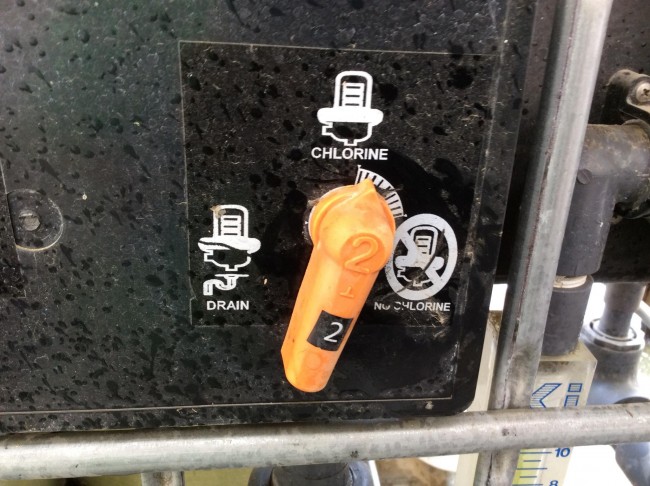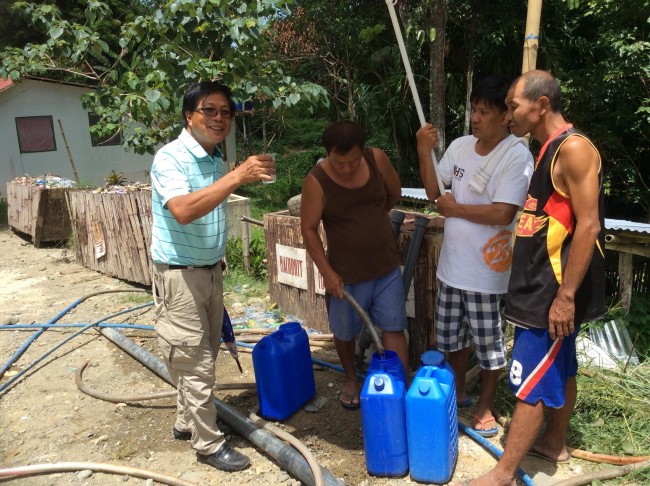
Our agricultural consultant, Ric Patricio, talks about introducing purified water into the village.
THE GSF VILLAGE MOVES INTO BECOMING WATER-SECURE, by Ric Patricio
In the aftermath of Typhoon Haiyan (aka Super Typhoon Yolanda), there was a sudden spike in the incidence of water-borne diseases at the affected communities. Most of the water sources were contaminated either by the flood water, effluents from septic tanks and open dumps, and oil spills.
Some days after the typhoon left Philippines and caused 6,329 fatalities, damaged crops and properties worth USD4.55 billion, and rendered thousands of families homeless, outpouring of support from within and outside was unprecedented in Philippine history. From Water Missions International (WMI) came Living Water Treatment Systems (LWTS) worth USD8.0 million at USD100,000 per unit. The town of Lemery, Iloilo became one of the recipients of the gifts from WMI.
In the same town, the Greg Secker Foundation (GSF) was benevolent in building typhoon-resilient houses for the 100 survivors of Typhoon Haiyan. To ensure that potable water is available to each household, a water system consisting of a deep well, pump, pipes and fittings, water tank, and distribution lines were installed and operated. Without provision for filtration and chlorination, however, the piped water is not guaranteed as safe for drinking.
After observing that the LWTS in the town hall was no longer used, I arranged a meeting with Mayor Ligaya Apura. When a letter requesting for the transfer of the LWTS to the GSF village was personally presented to the Mayor, she did not interpose objection as she realized its exigent need in the village.
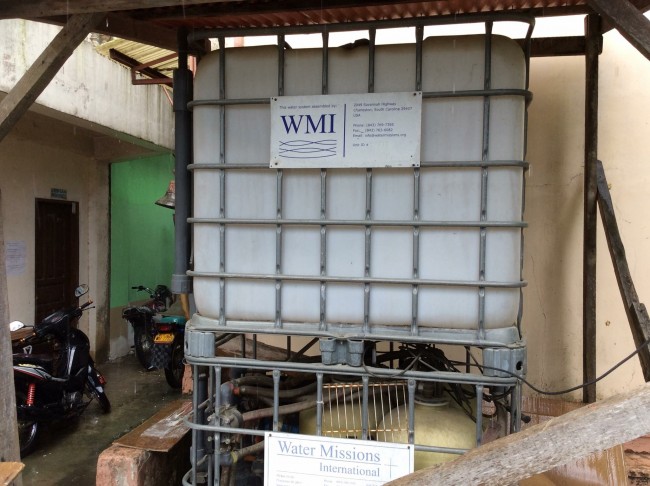
On May 18, 2018, the LWTS was loaded onto the Local Government Unit truck and delivered to the GSF village. A location was identified where the LWTS was temporarily installed. As agricultural consultant (also country representative of WMI), I explained the manner of operating the unit to the GSF Project Manager, Coop President, and some village folks. After the inlet was attached to a pipe with running water and a chlorine tablet was placed inside the chlorinator and calibrated to 4 ppm (4 parts chlorine to 1 million parts water), purified and treated water was collected at the pipe outlet.
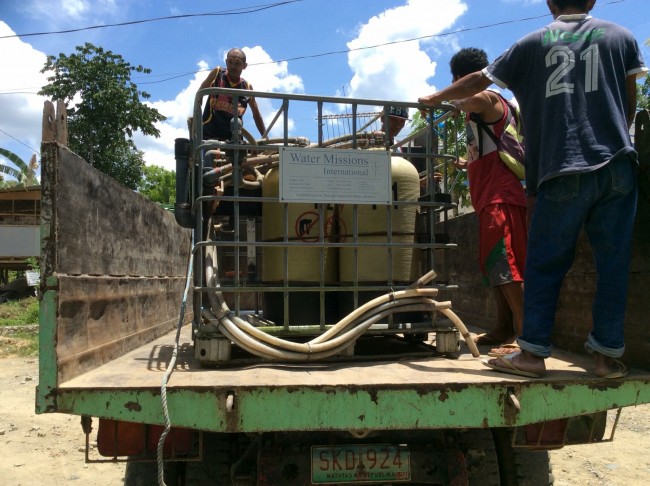
If operated and maintained well, the LWTS will supply the village with good drinking water for the next 25 years. I have briefed the project manager on the need to have a protective structure and water storage tank for the LWTS. On May 25, 2018, I will conduct a WASH (Water Sanitation and Hygiene) seminar for the village folks while a separate briefing will be made with whoever is assigned as operator of the LWTS.
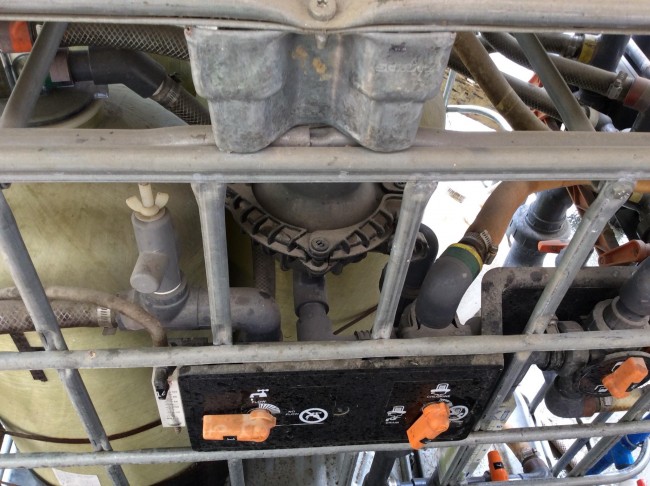
When the LWTS is fully functional, all the GSF village residents will be assured of continuous availability of purified and safe water, thereby making them truly water-secured.
